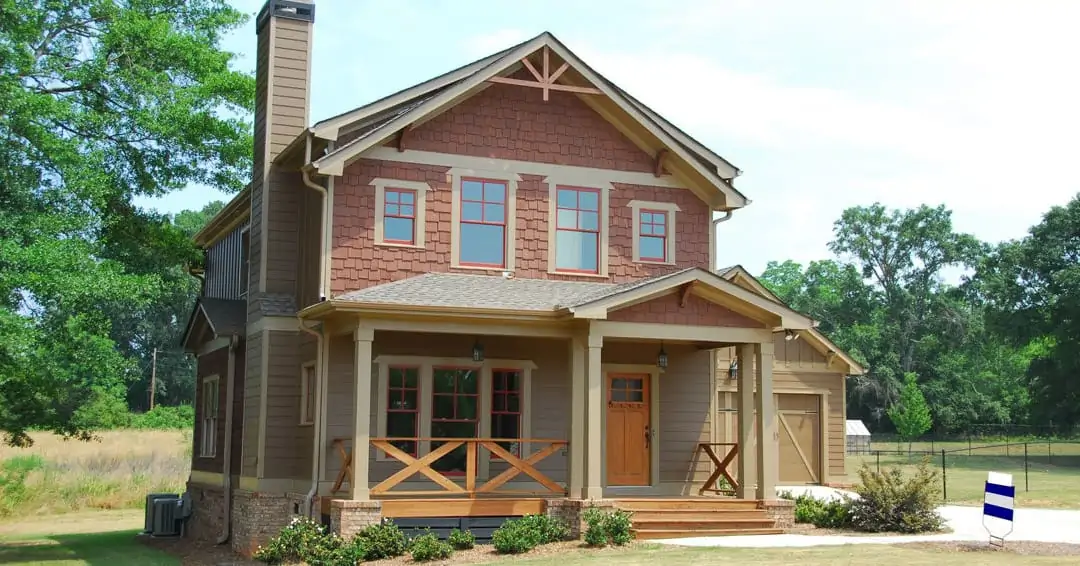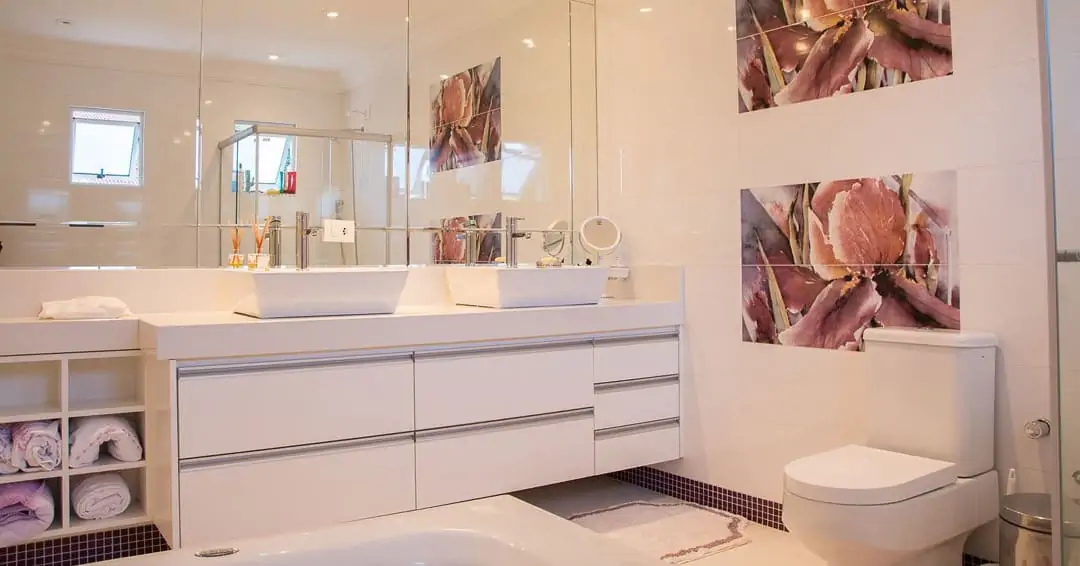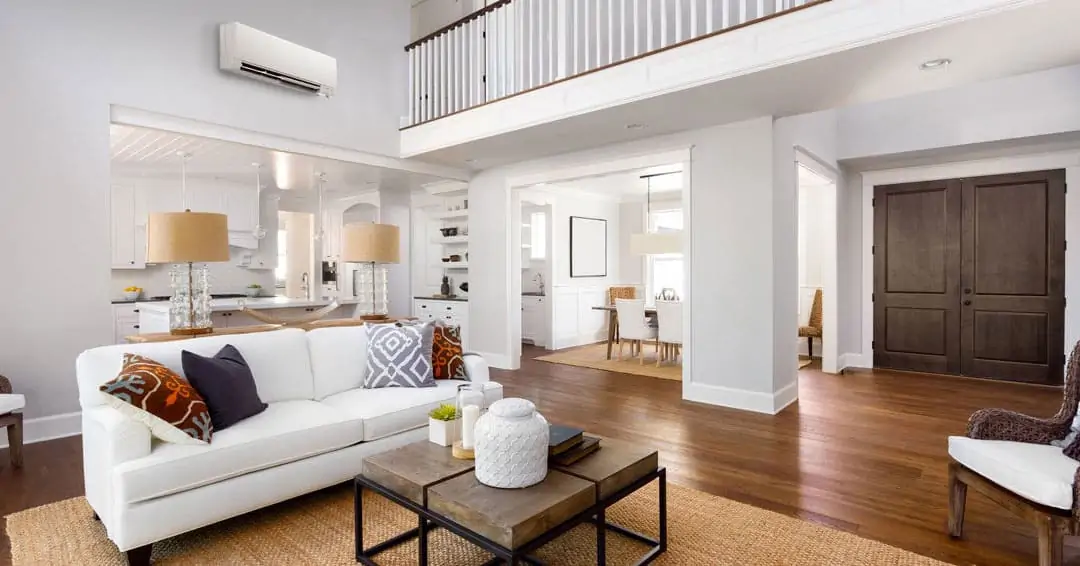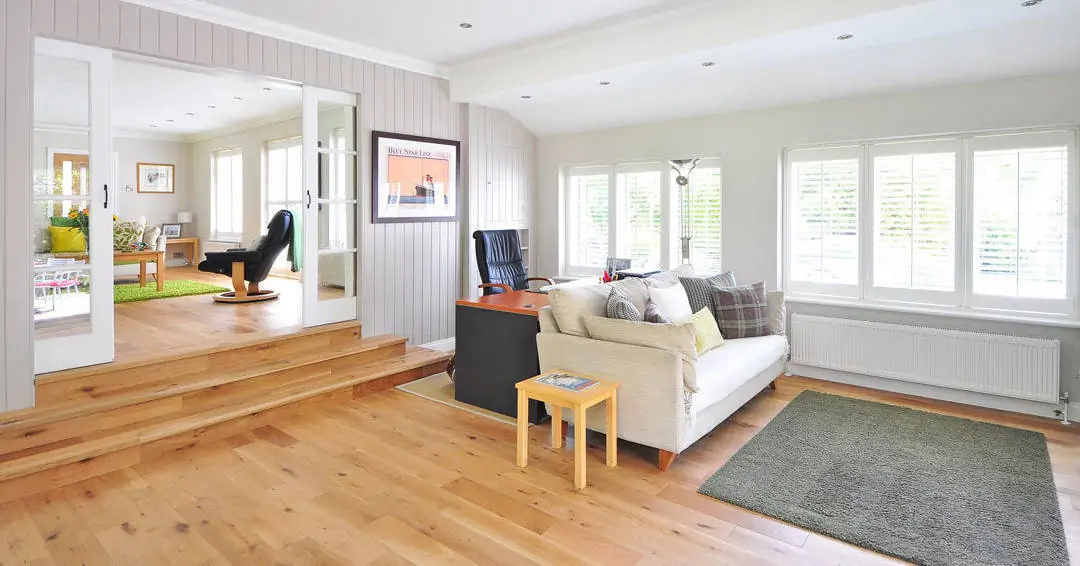It’s a Good Idea to Buy Indoor & Outdoor Units that Match – Here’s Why
As professional heating & air contractors who cater to SE Michigan home and business owners in Ann Arbor, Ypsilanti, and surrounding areas, we know it’s tempting to just replace a failed component when it goes out on your central air conditioner. However, this may not be the smartest idea.









